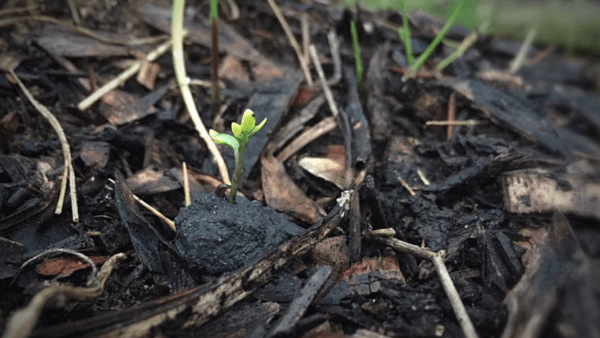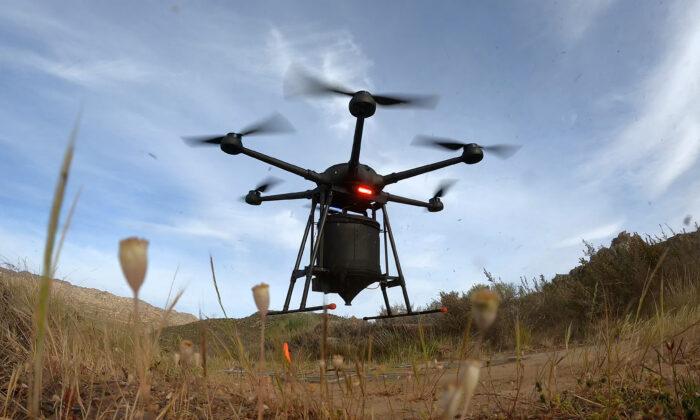Australia’s largest botanic garden has been using drones to accelerate the planting of trees and restore native Australian species, particularly after weed invasions, bushfires, and droughts left their garden in bad shape.
More than 52 million hectares of Australia’s land are now considered degraded.
Australian Botanic Garden’s Curator Manager Michael Elgey said they had cleared dense forests of the invasive weed African olive, the prime offender in their garden.
“After decades of olive invasion, there were very few native species remaining,” he said.
“This project is a fantastic opportunity to re-establish the original native vegetation and create habitat on these ‘ground zero’ cleared olive sites.”
The $500,000 (US$345,000) research project is a collaboration between Western Sydney University, the Australian Institute of Botanical Science, and AirSeed Technologies, an environmental restoration company using drones, artificial intelligence, and biotechnology.
Lead researcher Associate Professor Rachael Gallagher from Western Sydney University’s Hawkesbury Institute for the Environment said scalable solutions to restore lost forests and biodiversity is urgently needed due to the state of Australia’s degraded land.
“We can’t meet the significant goals of national and global restoration programs by sticking with the status quo,” Gallagher said.
“We urgently need new techniques which reduce seed wastage and are capable of planting lots of species fast, which will lead to benefits for both carbon sequestration and biodiversity.”
Project partner investigator at the Australian PlantBank, Peter Cuneo, said planting seeds directly this way has the potential to revolutionise the way we protect and conserve native plant species for future generations in Australia.
Four-Step Process:

The process is four steps long: understanding the ground and the soil, manufacturing seed pods, planting, and monitoring post-planting to ensure its success. But while it takes meticulous planning, the actual planting can take only around ten minutes of flying to plant up to 1,000 seed pods.
After the Black Summer bushfires, World Wildlife Fund trialled specialised tree planting drones to help grow new homes for koalas and other wildlife. In collaboration with scientists, businesses, and Indigenous leaders, the project planted tens of thousands of eucalyptus trees in one of the largest ever regeneration programs launched in Australia.





